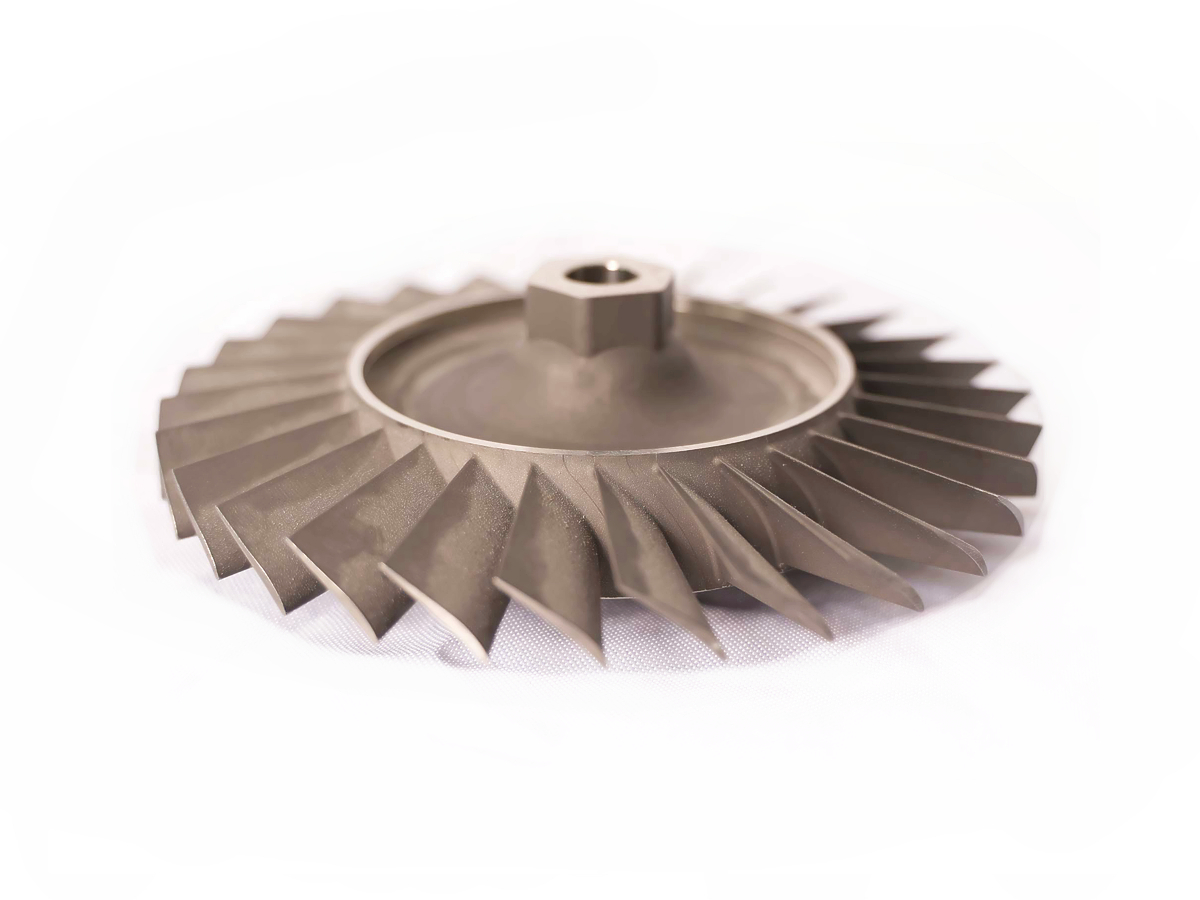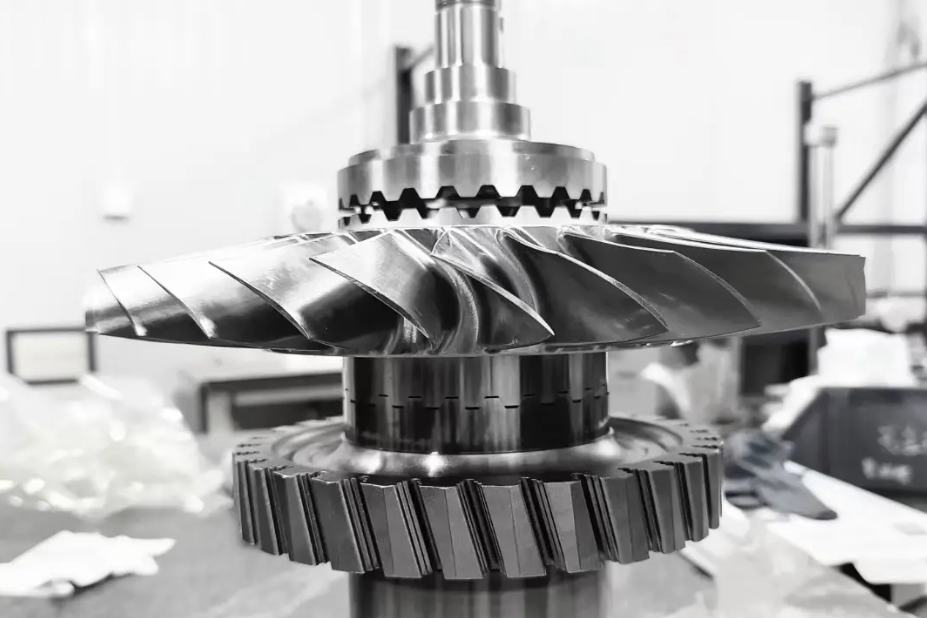How can I determine whether the current feed rate is appropriate?
Determining the appropriateness of a feed rate in CNC machining, especially with challenging materials, requires a multi-faceted analysis that goes beyond simply checking for tool breakage. An optimal feed rate achieves a balance between material removal efficiency, tool life, part quality, and process stability. The evaluation is conducted by observing and measuring several key indicators during and after the cut.
Direct Observation of Cutting Process
The most immediate feedback comes from the cutting process itself. First, examine the chip formation. Ideal chips for most materials are tightly curled, segmented, and a consistent color. Long, stringy chips indicate that the feed rate is too low, resulting in excessive rubbing instead of shearing, which leads to work hardening and a poor surface finish. Conversely, a feed rate that is too high may produce thin, bluish, or even fiery chips, signaling excessive heat generation and overloading the tool edge.
Second, listen to the sound of the cut. A consistent, smooth humming or ringing noise typically signifies a stable process. A chattering or screeching sound is a clear indicator of vibration, often caused by a feed rate that is too low for the selected speed and depth of cut, or an unstable setup. This chatter not only damages the tool but also transfers harmful vibrations to the workpiece and machine, compromising the final part's dimensional accuracy and surface integrity. This is particularly critical in precision machining service applications.
Post-Process Inspection and Measurement
After the operation, a detailed inspection provides quantitative and qualitative data. Tool wear analysis is paramount. Premature flank wear, notch wear at the depth of cut line, or crater wear on the rake face can all be linked to an inappropriate feed rate, often compounded by incorrect speed. An optimal feed rate should yield predictable, gradual tool wear, maximizing the tool's usable life.
Next, assess the workpiece surface finish. Feed marks are a natural result of the machining process, but their prominence is directly controlled by the feed per tooth and the tool's nose radius. An excessively high feed rate will create deep, visible marks, while a rate that is too low can cause tool rubbing that leaves a glazed, work-hardened surface. Techniques like CNC part polishing service or electropolishing for precision parts are often required to correct these issues, adding cost and time. Furthermore, inspect the workpiece for burrs. A large, tough burr often forms when the feed rate is too low, as the tool fails to cleanly shear the material and instead plastically deforms it over the edge.
Machine and System Performance
Monitoring the machine's behavior is also crucial. Observe the load meter (spindle load and axis load). A consistently high load (e.g., above 80-90%) suggests the feed rate and depth of cut are aggressively straining the machine, risking tool failure and reduced machine longevity. Significant fluctuations in the load meter can indicate an unstable cut or work hardening. For complex geometries machined using multi-axis machining service, maintaining a consistent chip load throughout the toolpath is essential to avoid these fluctuations.
A Systematic Approach to Optimization
Determining the correct feed rate is an iterative process. Start with calculated values based on the tool manufacturer's recommendations for the specific material, such as those for our stainless steel CNC machining service or titanium CNC machining service. Then, conduct test cuts and systematically adjust the feed rate while holding other variables constant. The goal is to find the "sweet spot" where chip formation is ideal, tool wear is gradual, surface finish meets requirements, and the machine load is stable and within a safe range. For prototyping or low-volume jobs, this empirical validation is a key part of our CNC machining prototyping and low volume manufacturing service to ensure process reliability before scaling.



